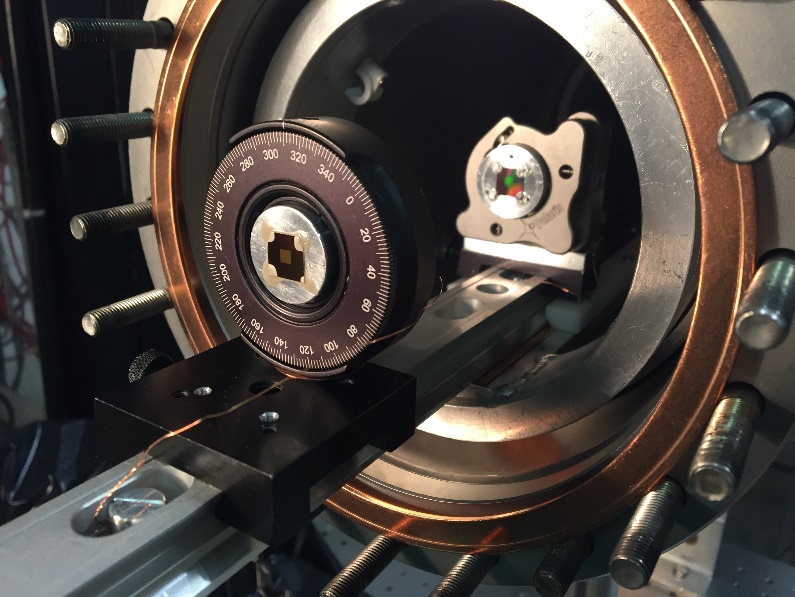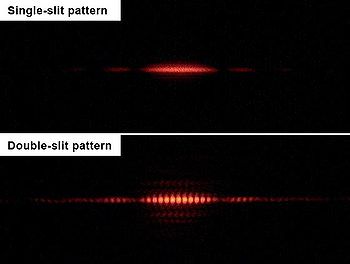Light… is it a particle or a wave? What fundamental mechanics govern the behavior of it? And most importantly, does the mere act of observation alter this behavior? This is the conundrum quantum physicists have been puzzling over for many centuries, ever since photon-wave mechanics was theorized and the Double Slit experiment was first conducted.
Also known as Young’s experiment, this involved particle beams or coherent waves passing through two closely-spaced slits, the purpose of which was to measure the resulting impacts on a screen behind them. In quantum mechanics the double-slit experiment demonstrated the inseparability of the wave and particle natures of light and other quantum particles.
The Double Slit Experiment was first conducting by Thomas Young back in 1803, although Sir Isaac Newton is said to have performed a similar experiment in his own time. During the original experiments, Newton shone light on a small hair, whereas Young used a slip of card with a slit cut into it. More recently, scientists have used a point light source to illuminate a thin plate with two parallel slits, and the light passing through the slits strikes a screen behind them.
Relying on classical particle theory, the results of the experiment should have corresponded to the slits, the impacts on the screen appearing in two vertical lines. However, this was not the case. The results showed in many circumstances a pattern of interference, something which could only occur if wave patterns had been involved.
Classical particles do not interfere with each other; they merely collide. If classical particles are fired in a straight line through a slit they will all strike the screen in a pattern the same size and shape as the slit. Where there are two open slits, the resulting pattern will simply be the sum of the two single-slit patterns (two vertical lines). But again and again, the experiment demonstrated that the coherent beams of light were interfering, creating a pattern of bright and dark bands on the screen.
However, the bands on the screen were always found to be absorbed as though it were composed of discrete particles (aka. photons). To make matters even more confusing, measuring devices were put in place to observe the photons as they passed through the slits. When this was done, the photons appeared in the form of particles and their impacts on the screen corresponded to the slits, tiny particle-sized spots distributed in straight vertical lines.
By placing an observation device in place, the wave function of the photons collapsed and the light behaved as classical particles once more! This could only be resolved by claiming that light behaves as both a particle and a wave, and that observing them causes the range of behavioral possibilities to narrow to the point where their behavior become predictable once more.
The Double Slit experiment not only gave rise to the particle-wave theory of photons, it also made scientists aware of the incredible, confounding world of quantum mechanics, where nothing is predictable, everything is relative, and the observer is no longer a passive subject, but an active participant with the power to change the outcome. For an animated demonstration of the Double Slit experiment, click here.
We have written many articles about the Double Slit Experiment for Universe Today. Here’s an a forum discussion about a home-made double slit experiment, and here’s an article about the wave-particle duality.
If you’d like more info on the double slit experiment, check out these articles from Physorg.com and Space.com.
We’ve also recorded an entire episode of Astronomy Cast all about Quantum Mechanics. Listen here, Episode 138: Quantum Mechanics.


